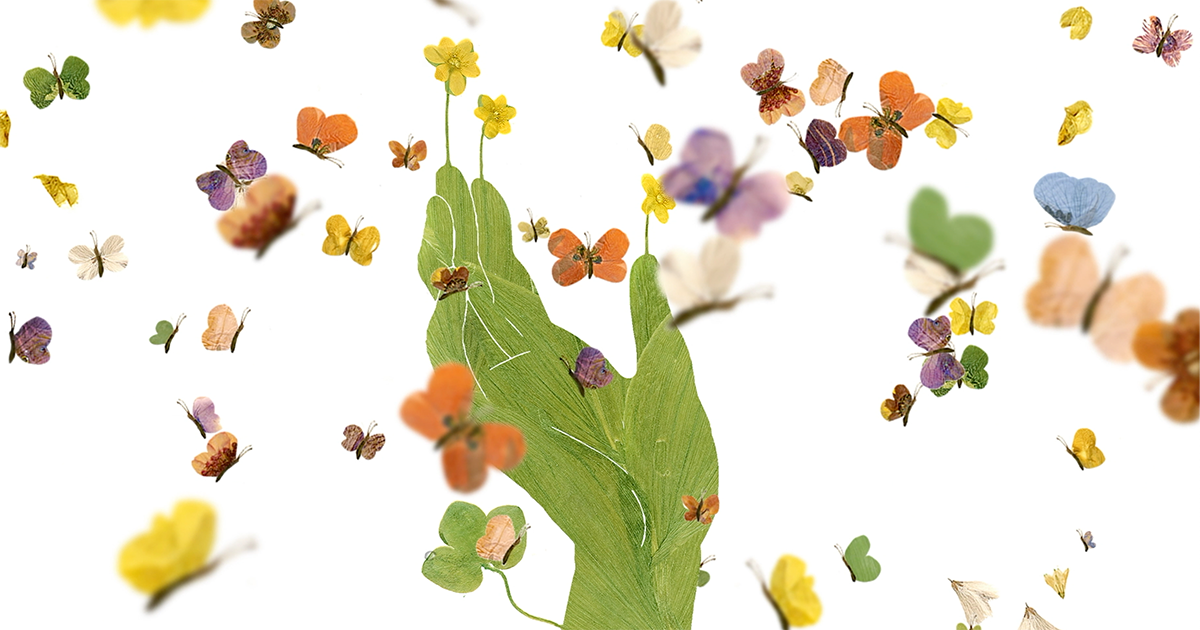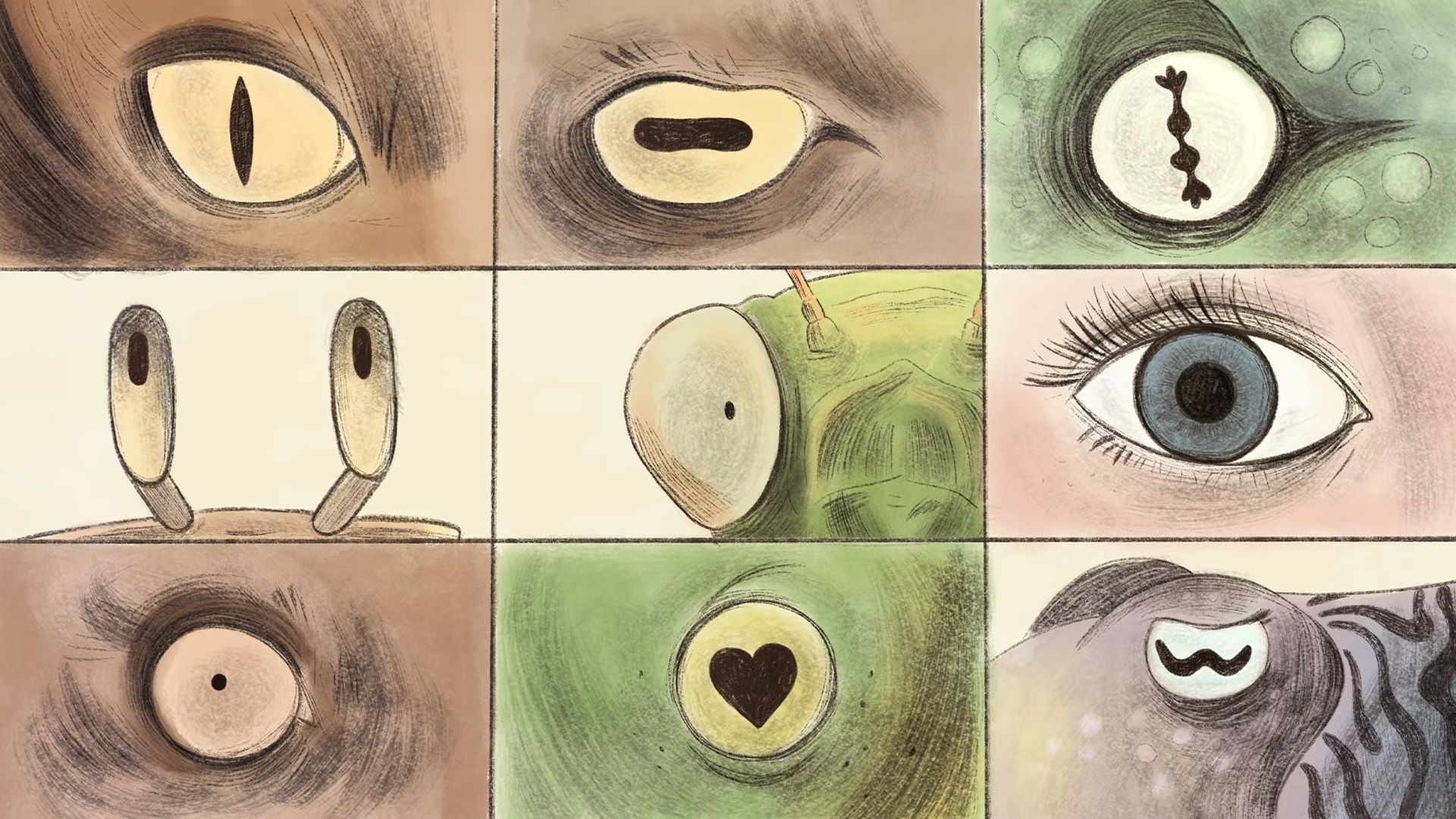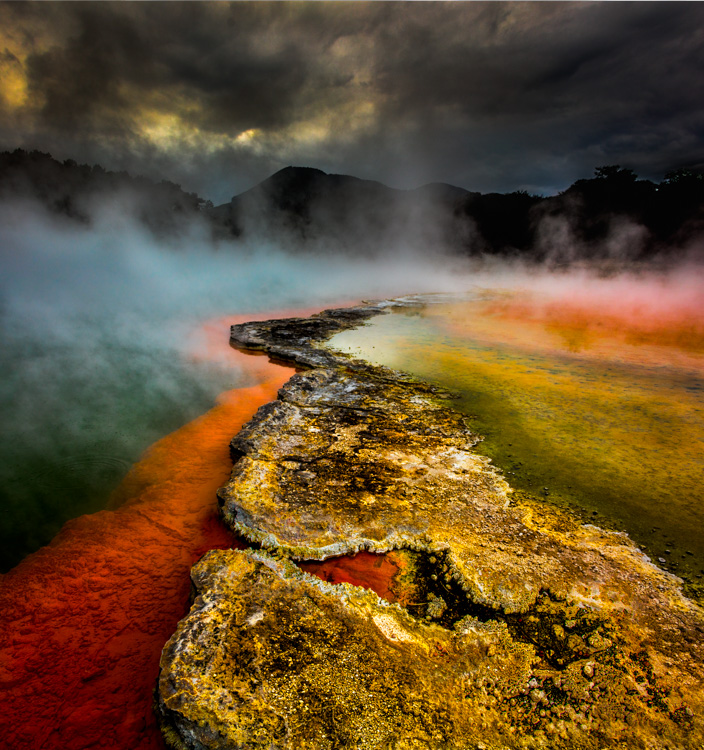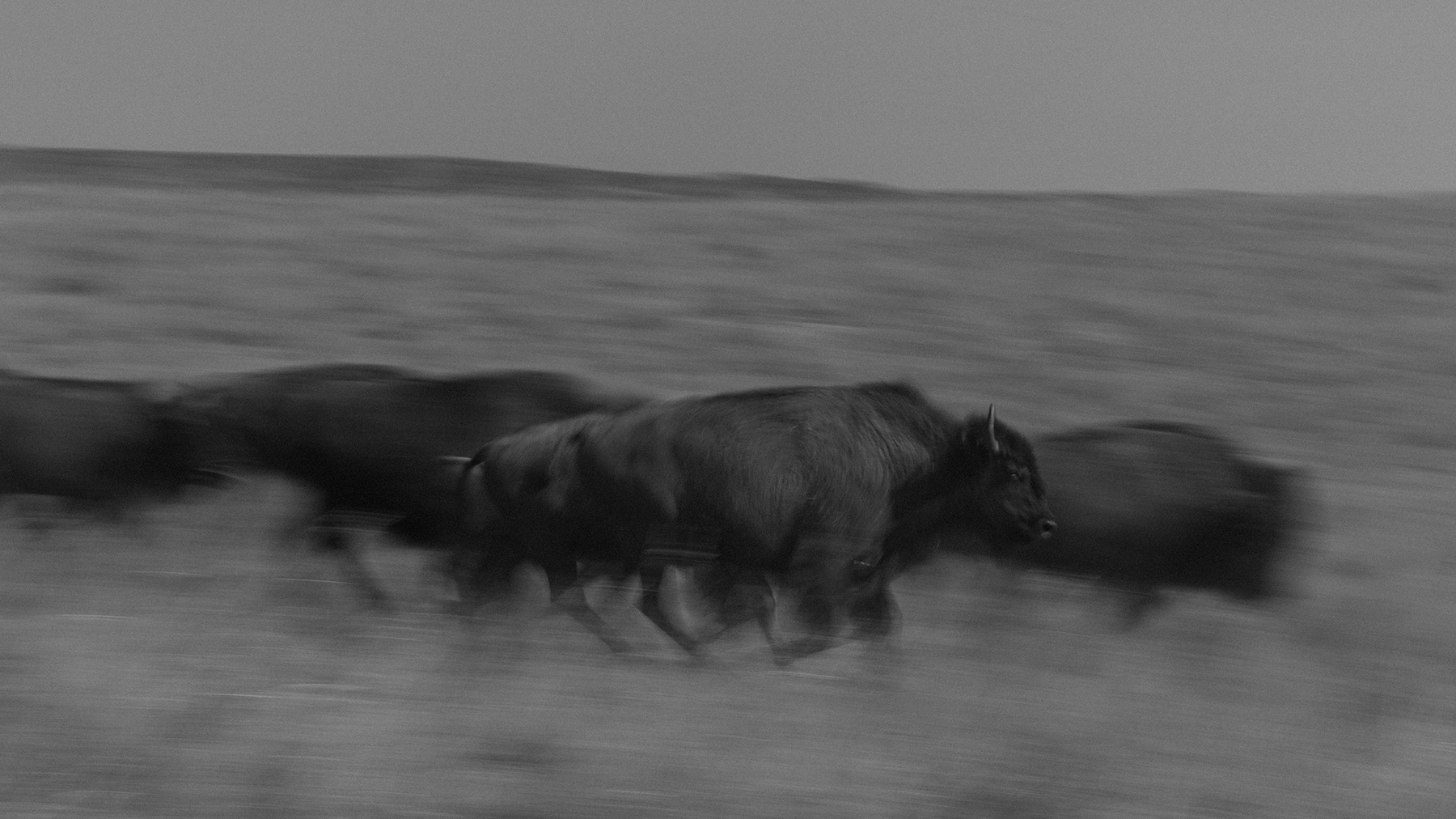- Breathing Light
- Posts
- Breathing Light Issue #73
Breathing Light Issue #73
On Leaves fingering the moonlight and the Subtlety of Language

In this Issue
1. Taku Mahi Toi o Te wiki-My Artwork of the Week
2. Korero Timatanga-Frontispiece
3. Photographer's Corner-Letter to Angeline: So, you want to become a (professional) photographer?
4. Waiata mou te Ata-Poem for the day
5. Ten Fevered Mind Links (to make your Sunday morning coffee go cold)
6. Koorero Whakamutunga-Endpapers
My Artwork of the Week
Taku Mahi Toi o Te Wiki

Motu Kiore, Piopiotahi/Milford Sound, 2023 | Fujifilm GFX 100, GF 45-100/4,
In the sweetness of friendship let there be laughter, and sharing of pleasures. For in the dew of little things the heart finds its morning and is refreshed..
I am still bent over, staring in wonder at the world at my feet, trying to pick it apart and come to terms with new patterns of seeing and the understanding of patterns.
And I am beginning to grin at the subversive behaviour of the plants in a garden.
Yesterday, I went to Roland Wood, the wonderful park near Kerikeri, to photograph an elderly couple (yes, I’m beginning to pick up my skill set as a portrait photographer again). John was instrumental in bringing back the wood and organising people to help restore it after years of neglect. Gorse, blackberry, and other weeds had taken over, and they spent a lot of time chopping, spraying, and digging them out. He told me that everything in the wood looked sick and unhealthy for a long time. Then, bit by bit, the forest floor began establishing its own ecosystem. Birds and insects returned, and gradually, the forest found its own rhythm. Of course, unwanted visitors like onion weed also established themselves in the forest. Wisely, the guardians of the wood decided to let things be and allow the forest to find its way. Now, it is a lovely place full of trees, bluebells and arum lilies. The wood has developed and found its mauri.
Two people I know have a wild subtropical garden just west of town. They never meant it to be like that. When they moved into the Homestead and began planting, they put in fruit trees, banana palms and various species of tarot, including black taro, which is inedible. The garden exploded because the land is on particularly fertile soil, where waving a plant at the ground will cause it to grow. You name it, they planted it: bamboo, papyrus and various other species of palms. Of course, they put the plants too close together, and now they are fighting each other for space. What should be a manageable garden has turned completely psychotic, and the two of them have given up trying to control it.
Which is as it should be. Whenever I visit, the plants shout, dance, fight, quarrel, and generally have things their way. It is rather remarkable. Their garden is completely out of control, dancing only to its unique rhythm and extending the (plant) middle finger to its owners.
Everywhere you look is glorious, wondrous plant energy, plants and love with the Sun and moon and doing their own thing as they should. Gardens are a community, and wandering amongst plants structured and ordered into a soulless human sense of what they should be is sad.
It is interesting to look at the neoclassical gardens of Europe in the 17th century. During the time of Louis XIV, essentially geometrical constructs designed to reinforce the sense of social order and put the peasants in their place, designed by men like Andre Le Notre with the wild rambling gardens of the Romantic period, which began following the French Revolution, the Napoleonic wars and the Industrial Revolution. Here, we have wild gardens that celebrate the purposeful chaos of nature. Look at John Constable’s Haywain and notice how the bush next to the house is crowding it and attempting to dominate it. The Romantic period is all about giving nature its head and Man being in harmony with his environment.
So, as I wandered among the garden of its two owners, I looked down at the plant's leaves, perfectly placed and structured to gather any water falling and feed it down to the roots. I imagined these leaves under the moonlight, glowing with purpose and connection and made an image of that.
Whatever we may think of plants and weeds, they are all the children of Taane Mahuta, the Creator.
I see this image as massive, perhaps 40” x 60” (or even larger), printed on metallic paper and mounted on Dibond.
Edition of 1 only
$NZ 10,500 (print only).

Frontispiece
Koorero Timatanga

Flower, Kerikeri,2023 | Fujifilm GFX 100, GF 45-100/4
Grown-ups never understand anything for themselves, and it is tiresome for children to be always and forever explaining things to them.
Atamaarie e te whaanau:
Good morning, everybody,
Firstly, big thanks to those of you who chip in with each issue and shout me a coffee or order an e-book(thank you, Lila D!). It helps me to keep working and sharing.
Speaking of which, I have been thinking about producing more e-books. I realise that the Bridge brain is filled with all sorts of (photographic)stuff that needs to be shared. I’m contemplating creating more e-books to capture and share that knowledge with you. If you have time, please drop me a line with some suggestions for e-books you would find helpful, photographic or otherwise.
Lately, I’ve been thinking about the Māori language and its many variations/dialects. I’ve also been thinking a lot about colonisation and the arrival of settlers from other lands upon these shores. There is now a tendency to see the Maaori language in one box, to fit a sense of what it is (or should be) into one straitjacket.
Nothing could be further from the truth.
Maaori has different dialects and variations, which can tell much about where a person is from and who they are. Indeed, all languages do that.
The limits of our language define the boundaries of our world. Most of us native English speakers know that American English is quite different to British English, which is quite different to Indian or South African English. We are aware that there are many branches on the tree, which is the English language. Most of us can tell the difference between somebody from California and New York. We will know instantly when talking with a South African or somebody who grew up learning English in New Delhi. Even in Aotea Roa, New Zealand, we can tell the difference between somebody from Northland and somebody from Southland.
Te Reo Māori is no different. While it has a standard version, as it is known, which interestingly only traces its roots back to 1985 and the Māori Language Commission (you can read more here) and the introduction of the macron to indicate long vowel sounds (called the pōtae or hat), it is a relatively recent invention. The older forms of the language do not have this. And you can tell a lot simply by listening and observing.
For example, the early European missionaries and settlers, writing down what they heard, recorded the pronunciation of the town of Whanganui. as Wanganui. For a long time, there was much debate about its spelling. They have now settled on Whanganui. Why? Because Ngāti Rangi, the people of that rohe (area), do not pronounce the “wh” sound as “f”, which most other iwi (tribes) do. Whare (house ) is pronounced as “warry”, not “far-ry”.
The people of Te Tai Tokerau ( the Far North, where my whakapapa (ancestry ) is rooted, do not always use the macron. Using a double vowel to indicate a long vowel sound is more common. Thus Māori > Maaori.
In Te Wahi Pounamu (the South Island), Ngāi Tahu, whose land it is, do not pronounce the” ng” sound, using a “k” instead. Thus, while other tribes may speak of Aorangi, our highest mountain, for Kai Tahu, it is Aoraki. The little seaside village of Akaroa is their dialect for Whangaroa ( Long Harbour).
There is even more subtlety here. Acknowledging the mana whenua, the essence of a place, along with its people and tikanga (traditions), is meaningful and respectful. If I am in Te Anau, Kai Tahu’s territory/whenua, I will refer to mountains as mauka. Up here in the North, I will acknowledge my tupuna ( ancestors) by using “maunga”.
The limits of our language define the boundaries of our world.
Photographer's Corner
Letters to My Friends
Letter to Angeline:
So, you want to become a (professional) photographer?

Sundreaming Paihia, 2023 | Fujifilm GFX 100,GF 30/3.5 R
Look at every path closely and deliberately, then ask ourselves this crucial question: Does this path have a heart? If it does, then the path is good. If it doesn't, it is of no use..
Letters to My Friends
Letter to Angeline:
So, you want to become a (professional) photographer?
Yesterday, I had the tremendous joy of seeing that one of you readers had bought a copy of my e-book, Letters to My Friends. It prompted me to produce this response to give back to a community I deeply value (You).
A long time ago, in another website life, I would write responses to questions about photography. The question was so interesting that I would often write a formal post and put it on my website rather than answer the person individually. I haven’t done that for several years. However, I feel it’s time to bring back Letters to my Friends.
The other day, a wonderful man I know pigeonholed me and asked me if I could help a young friend of his who was about to leave school and was trying to choose between a career in finance or following the path to becoming a professional photographer. Would I be willing to talk to her? Absolutely.
However, when I thought about it, I realised this is a question I could answer for more than one person.
So, here is the first offering in bringing back Letters to my Friends.
I hope you like it.
Dear Angeline:
A lovely friend, Rod, has asked me to talk to you about becoming a photographer. According to him, you are about to leave school and wondering whether to go into finance or pursue your passion, which is making photographs. He tells me you walk around everywhere with your camera, photographing anything and everything.
That is so glorious. It is a beautiful world, and your openness to it is delightful. When the Muse strikes, she bites so deeply that one’s heart aches. She will not be denied. There is something about being at one with the ALL and honouring your vision and place in the scheme of things with a camera. It appeals far more to a free spirit than toiling in a bank as a teller, even though that may pay your bills and give you a degree of job security.
However, forty years in the profession has taught me one or two things, some of them painful lessons. Allow me to share a few of these with you. My only reason for doing so is to put options and realities before you so you can make a decision that resonates for you and your journey.
Firstly, a significant difference exists between being a passionate hobby photographer and making a living as a professional. In the former, you can follow your own heart. With the latter, it is placing the customer’s needs and wants first. By professional, I mean supporting yourself through your photography. In professional photography, there is a golden rule:
Rule one: The customer is always right.
Rule two: See Rule one.
This means seeing past what your customer says they want and what they do want. Often, the two are pretty different. Only an understanding of human nature and a close study of people will give you the life experience to see the difference. Time and again, as a wedding photographer, my clients would tell me they wanted something radically different, yet my instinct told me that wasn’t what they wanted. Inevitably, when I supplied what I suspected they wanted rather than what they specified, they would be delighted with the result and, consequently, happy to pay for my services. That takes time and an understanding of people.
There are many different branches of professional photography, so here are a few I would not follow. Very few photographers are good enough to get employment with a news outlet. Stock photography is dead, thanks to AI. Why would your clients pay you money to go out and shoot a job when they can use generative AI to do it for them far more cheaply?
However, there was always a market for people photography. Babies, children and pets are perennial favourites, although you are unlikely to make a living photographing newborns and children. While their parents may be passionate about getting you to shoot the new joy in their lives, inevitably, they don’t have the money to pay for it. And you need money to buy groceries, pay the rent, insurance and replace equipment. However, there Is a market for timeless portraiture, and people are willing to pay for it. You will need to establish a profile and build up a client base. Remember that word-of-mouth is the best sales technique and that 80% of your work will come from 20% of your clients.
In my experience, the most financially successful professional photographers are businesspeople first and photographers second. Their work will never end up on the gallery ball; however, it will occupy pride of place in their homes. A successful professional photographer knows how to give them what they want, how to charge for it, and, more importantly, how to sell. Marketing and sales skills often make the difference between a comfortable living and an artist starving in a garret.
You will need to build up your equipment and learn many techniques to use it effectively. Try and find a mentor, a photographer nearing the end of their career who wants to share what they know. If you can get a job as an assistant, take that. You will learn more in one day on the job than you will ever learn in a formal photography course.
May I suggest that, rather than jumping into a formal photography course, which will leave you with significant student debt and not much further forward, you take a couple of years out when you leave school and go and get a job where you interact with people every day? Perhaps you will become a master of the Power Gardening aisle at your local hardware supplier. You will meet people who will ask you simply stupid questions, revealing their fear and ignorance or belief that they are there to teach you, and the people skills you develop in dealing with them and making them feel valued will stand you in good stead when you begin to work for yourself. Do this until you have had enough and are ready to jump out into the world on your own. Getting a regular wage will enable you to put money aside to build up your equipment. You will need (a minimum of) two of everything for those times when your gear lets you down, and you need a backup camera, lens, or lighting equipment. This is especially important if you decide to try your hand at wedding photography. Remember that you only get one chance at some parts of the wedding, especially the ceremony in the church, and you need to be able to get it right the first time. You can’t afford to do a reshoot of the exchange of rings or the wedding vows.
You must also build up your postproduction skills, learn the intricacies of Photoshop and light room, and get the best out of the files you shoot. You need to reach a point with your postproduction where the clients marvel at what you do and wonder how you make such amazing pictures. They will value your services even more when they can’t tell how you do it. Remember that everyone is a photographer, and you must raise your work to a level they could never reach with their trusty iPhone. All of this will take time, and having the security of a regular income will give you the stability to build these things up.
Have I frightened you off?
I dearly hope not.
There will be plenty of times when you will be challenged, doubt yourself, when the money isn’t coming in, and you wonder why you ever bothered. Those times will come and go throughout your career. Don’t be deterred or despair; you will work through them and emerge even better as a photographer and human being. Surround yourself with people working in the same space and other professional photographers, and get involved with your professional organisation. You can learn a lot from them.
You may be interested to know that the great photographer Imogen Cunningham, arguably one of the great portrait photographers of the 20th century, was so fearful of what her clients would think of her efforts that she would never meet them to hand over the work. She would always post it to them. What does that tell you?
However, the day will come when you look at a piece of work you have made and sit there with a quiet glow in your heart, knowing you’ve made something genuinely special and worthwhile.
And that you made the right choice.
I wish you the best on a journey that will last you a lifetime.
If you have any questions you would love me to answer, please drop me a line and let me know what They are. Hopefully, I will get enough to share a few with you in the following newsletters.
Waiata Mou Te Ata-Poem For the Day

Arum Lily, Roland Wood, Kerikeri 2023 | Fujifilm GFX 100, GF 45-100/4
Poetry is finer and more philosophical than history; for poetry expresses the universal, and history only the particular.
Leaves Play the Harp of the Moon Song
In the night
While my face has been turned into my pillow (and away from the day),
while I have been dreaming into the Land Between,
following the silver threads of the night,
the palmfrond leaves in my garden have been plucking
the heart harmonium harpstrings of the moon,
writing hymns to the feathers of light
that dance and drift on the edge of the dark
and slice the shadows into hamstring chords,
layering them onto the whispered weave of the wafting wind
the soft sighs of glistening, glittering light
and moonmoth trancepaths
that exhale cosmic confetti,
in breathing mantras
to the herhymn of being.

Ten Fevered Mind Links (to make your Sunday morning coffee go cold)
/
EndPapers
Koorero Whakamutunga

Leaves, Kerikeri, Westland | Fujifilm GFX 100, GF 45-100/4
Why do you have to be a nonconformist like everybody else?
Arohamai.
My apologies.
Issue 73 has morphed into something of an encyclopedia.
Spring has arrived here in the North, as the Earth pivots and Te Raa, The Sun, makes its way south, bringing ora/life (a shortened form of O Te Raa, of/from the Sun).
I note a subtle but definite shift towards blue in the colour of the light; the weeds have awoken, and leaves are unfurling on the masts of trees that were skeletal and spindly; the land is waking from its slumber as Hine Takarua, The Winter Maid, prepares to hand over the baton of the seasons to Hine Raumati, the Summer Maid.
And hope returns to the land and perhaps to the hearts of men.
It is a time for celebration and renewal.
I wish you all love, truth, wisdom and peace.
As always, walk gently upon our Mother and be kind to each other.
He mihi arohaa nunui ki a koutou katoa
Much love to you all,
Tony/Te Kupenga.





:extract_focal()/https%3A%2F%2Fpocket-syndicated-images.s3.amazonaws.com%2Farticles%2F6654%2F1627070301_60fb1e94a2ead.png)






Reply